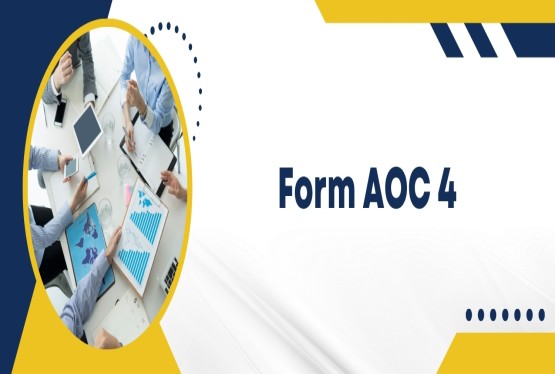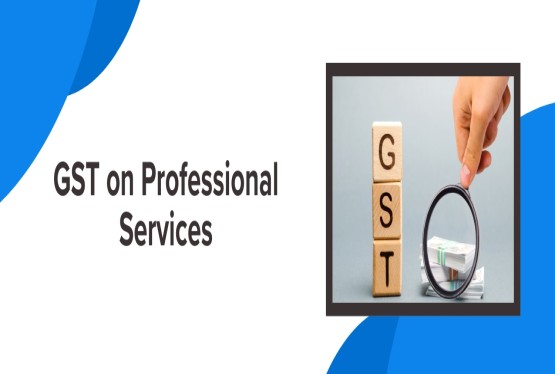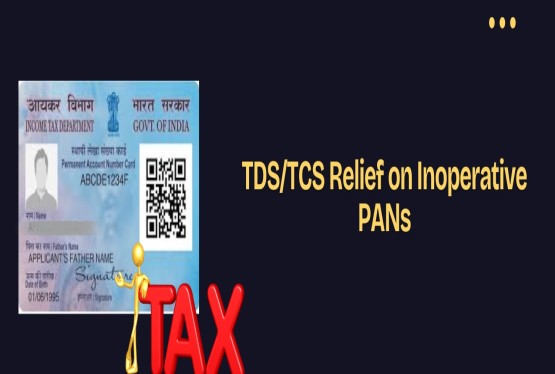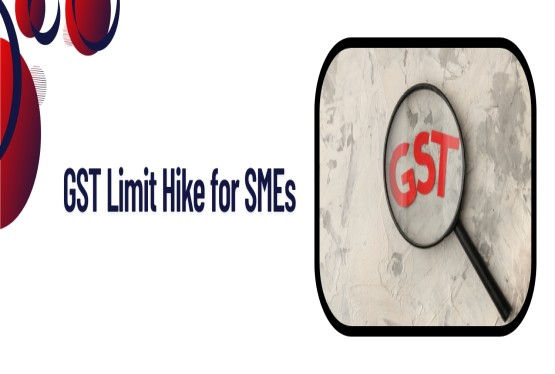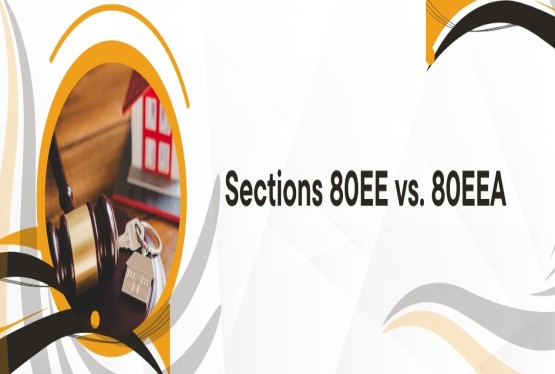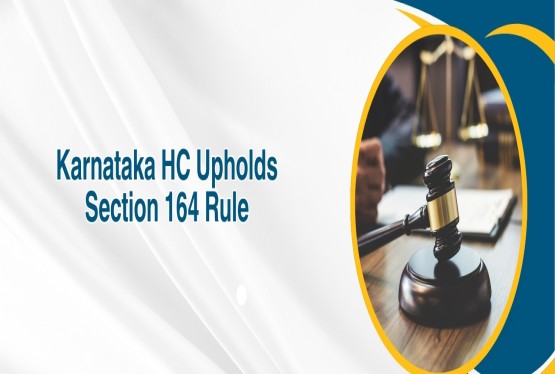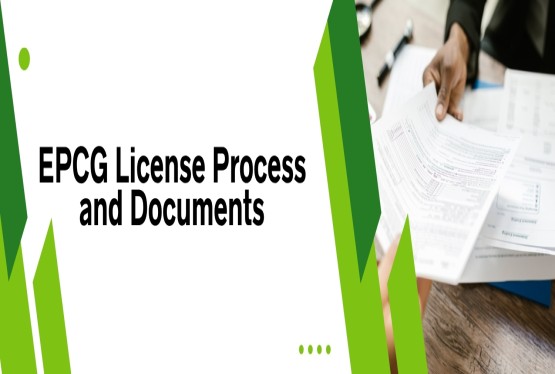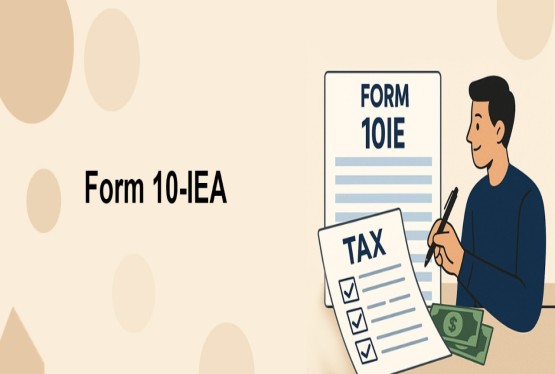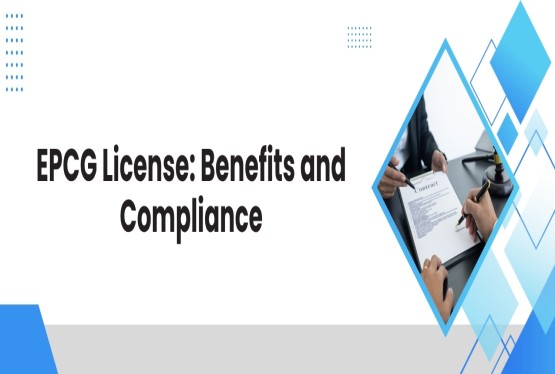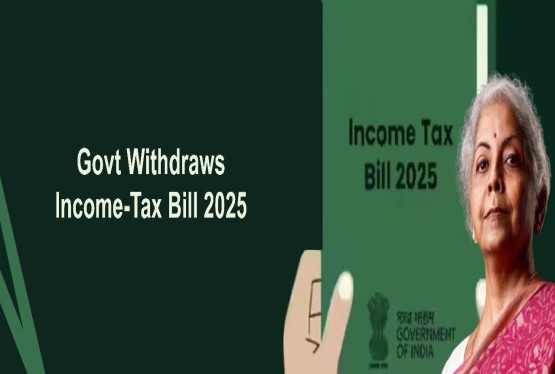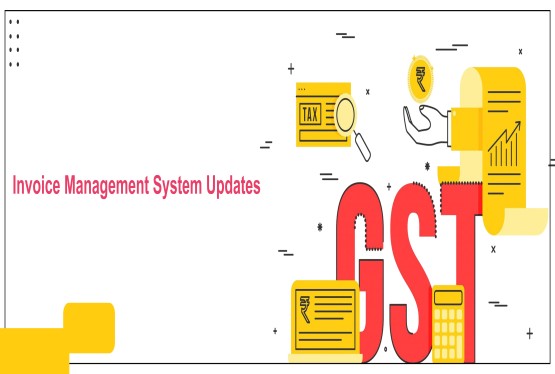The Indian government has introduced a major relief for students who are planning to study abroad. With the updated guidelines under the Liberalised Remittance Scheme (LRS), there will now be No TCS on Education Loans Under LRS. This announcement has brought a wave of financial ease and clarity for students and their families. In this article, we will explore in detail what this change means, its implications on tax filings, and how it compares to the previous structure.
What is TCS under LRS?
TCS stands for Tax Collected at Source. Under the Income Tax Act, specific financial transactions attract a TCS which is collected by banks or authorised dealers when remitting money abroad. The LRS or Liberalised Remittance Scheme allows resident individuals in India to remit a certain amount of money abroad annually for permissible purposes such as education, travel, investment, and gifting. Under this framework, TCS is applicable depending on the nature and size of the remittance.
Previously, TCS was charged at different rates for remittances beyond a certain limit. Specifically, for foreign education, if the remittance amount exceeded Rs. 7 lakh in a financial year, a 5% TCS was imposed even if the funds were sourced from an education loan. This created financial stress on families who were already bearing high costs of overseas education.
Old TCS Structure on Education Loans
Under the earlier framework (valid until March 31, 2025), if a student or their family remitted funds for education abroad through an education loan, they enjoyed nil TCS for amounts up to Rs. 7 lakh. However, for amounts above this threshold, a 0.5% TCS was applicable. Though this rate was lower than the 5% TCS charged for non-loan remittances, it still meant an upfront tax deduction, leading to liquidity challenges and refund procedures.
For example, if a student remitted Rs. 20 lakh through an education loan, the TCS applicable would have been 0.5% on Rs. 13 lakh (amount exceeding Rs. 7 lakh), which equals Rs. 6,500. This amount would be deducted and deposited with the government, requiring the student or their family to claim it back while filing Income Tax Returns (ITR).
Latest Update 2025: No TCS on Education Loans
A significant change was brought by the Indian government, effective from October 1, 2023. Under the revised LRS guidelines, there will be No TCS on Education Loans. This means that any amount remitted abroad for education purposes, if funded through an education loan, will not attract any TCS. This reform has simplified tax compliance and eased the burden on families sending children abroad for higher studies.
This change ensures that there is no need to pay any TCS, irrespective of the amount. Whether the remittance is Rs. 8 lakh or Rs. 25 lakh, if it is funded through an education loan, no tax will be collected at the source. Families can now plan finances better without worrying about claiming tax refunds or facing cash flow issues.
Revised TCS Rates Under LRS from April 1, 2025
To provide clarity, here is a detailed comparison of the old and new TCS structures across different types of remittances under LRS:
Purpose:
-
Education via loan
-
Old TCS (till March 31, 2025): Nil up to Rs. 7 lakh, 0.5% above Rs. 7 lakh
-
New TCS (from April 1, 2025): No TCS at all – any amount
-
Education/Medical (not via loan)
-
Old TCS: Nil up to Rs. 7 lakh, 5% above Rs. 7 lakh
-
New TCS: Nil up to Rs. 10 lakh, 5% above Rs. 10 lakh
-
Other purposes (e.g., travel, investment)
-
Old TCS: Nil up to Rs. 7 lakh, 20% above Rs. 7 lakh
-
New TCS: Nil up to Rs. 10 lakh, 20% above Rs. 10 lakh
This change is especially beneficial to students taking education loans. It completely exempts them from any TCS on remittances, removing the need for upfront tax payment or subsequent refund claims.
Impact of No TCS on Education Loans Under LRS
-
The impact of this policy change is multi-fold. Firstly, families no longer have to pay a hefty tax amount at the time of remittance. This removes the stress of arranging additional funds just to pay taxes on money meant for tuition, accommodation, or other education-related expenses.
-
Earlier, the deducted TCS amount would be reflected in Form 26AS, and individuals had to adjust their tax liabilities while filing their ITRs. With the new rule in place, those using education loans for foreign education need not deal with this anymore. It simplifies the overall ITR process and eliminates unnecessary documentation and delays in refunds.
What if You Are Not Using an Education Loan?
-
It is important to understand that the benefit of No TCS on Education Loans only applies if the remittance is funded via an education loan. If the funds are coming from personal savings, family income, or any other source, TCS still applies.
-
Under the current rules, if the remittance for foreign education exceeds Rs. 10 lakh and is not sourced from an education loan, then a 5% TCS will be collected. This amount, although claimable during ITR filing, will have to be paid upfront, creating an additional financial burden.
-
So, for students or parents planning to fund education abroad without a loan, it is important to plan the remittance in such a way that the threshold of Rs. 10 lakh is optimally utilized to avoid unnecessary tax deduction.
PAN Details for Accurate TCS Deduction
One of the most important tips for individuals remitting funds abroad under LRS is to always keep the PAN details updated with the bank or authorised dealer. This ensures that the TCS, if applicable, is correctly deducted and the credit is accurately reflected in Form 26AS.
An incorrect or missing PAN may result in higher TCS deduction or mismatches in tax records, causing issues during ITR filing. Hence, before remitting any amount abroad, one must confirm the PAN linkage and bank records.
Simplified ITR Filing for Students Using Loans
Since No TCS on Education Loans Under LRS is now the norm, the ITR filing process becomes much simpler for families. There is no need to reconcile TCS deductions, claim refunds, or track Form 26AS entries related to education loan payments. It also reduces the paperwork required for maintaining financial records for remittances. The entire remittance can be processed without tax complications, allowing students and parents to focus on education and planning rather than tax recovery.
Financial Planning Made Easier
This policy change also assists families in better financial planning. Education abroad often involves large sums of money, and having to allocate an extra 0.5% or 5% as TCS previously made budgeting difficult. With No TCS on Education Loans, families can now focus on tuition fees, living expenses, and other academic costs without worrying about arranging extra funds for tax.
It allows parents to use the full value of the sanctioned education loan without losing a part of it to tax deductions at the time of transfer.
Conclusion
The policy of No TCS on Education Loans Under LRS is a positive step towards making higher education abroad more accessible and financially viable for Indian students. It not only reduces the tax burden but also simplifies tax compliance and makes ITR filing more efficient. Students and their families must ensure that the remittance is clearly marked as coming from an education loan, and proper documentation is maintained with the bank. For those not using a loan, careful remittance planning and maintaining updated PAN records is crucial.
This move highlights the government’s intent to support global education ambitions of Indian youth by removing barriers that complicate their journey. With better planning and compliance, this change can be maximised to its full benefit. Keep an eye on your remittance details, choose an education loan route when possible, and enjoy the benefits of No TCS on Education Loans Under LRS.
For any queries, connect with experts through:
Email: info@ccoffice.in
Call/Whatsapp: +91 9988424211
FAQs
Q1. What does “No TCS on Education Loans Under LRS” mean?
Ans. This means that from October 1, 2023, any amount remitted abroad under the Liberalised Remittance Scheme (LRS) for education purposes through an education loan will not attract any Tax Collected at Source (TCS), regardless of the amount. Earlier, even loan-based remittances above Rs.7 lakh attracted a 0.5% TCS, which has now been removed entirely.
Q2. Is there any limit on the amount for which TCS is exempted on education loans?
Ans. No, there is no limit. Under the new rule, if the remittance is made through an education loan, there is no TCS applicable on any amount — whether it is Rs.5 lakh, Rs.10 lakh or even Rs.50 lakh. The exemption applies irrespective of the remitted sum.
Q3. What if I pay for my foreign education without taking a loan?
Ans. If you fund your education abroad through personal savings or other non-loan sources, then TCS will be applicable. As per the updated rule effective from April 1, 2025, TCS is nil up to Rs.10 lakh, and 5% TCS is charged on the amount exceeding Rs.10 lakh.
Q4. Can I claim a refund of TCS deducted on non-loan education remittances?
Ans. Yes, if TCS is deducted on foreign education remittances made without a loan, you can claim it as a refund while filing your Income Tax Return (ITR). The TCS amount will reflect in your Form 26AS and can be adjusted against your total tax liability.
Q5. Is PAN required for remittances under LRS to apply the correct TCS rate?
Ans. Yes, providing your correct PAN to the authorised dealer or bank is mandatory. If the PAN is not updated or is incorrect, higher TCS may be deducted, and credit may not appear in your Form 26AS, complicating your ITR filing and refund claim.
Q6. Will the exemption from TCS apply to all types of education-related expenses covered by the loan?
Ans. Yes, the exemption applies to all remittances made for education purposes abroad using an education loan — this includes tuition fees, living expenses, examination fees, and other eligible costs funded through the sanctioned loan.
Q7. How does this change benefit students and families in practical terms?
Ans. The removal of TCS on education loans reduces the financial burden on families by eliminating upfront tax payments. It also simplifies tax compliance, as students and parents no longer need to track TCS deductions or file for refunds when the remittance is through an education loan.








_crop10_thumb.jpg)




































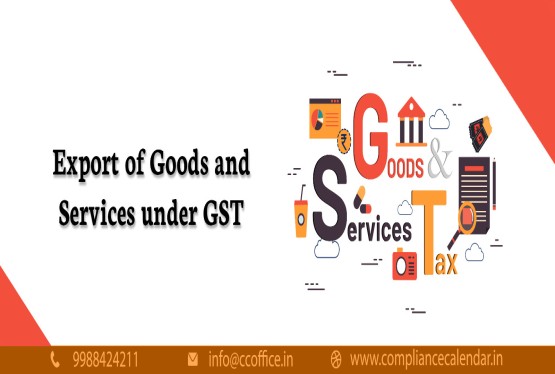













































_for_FY_2025-26_crop10_thumb.jpg)



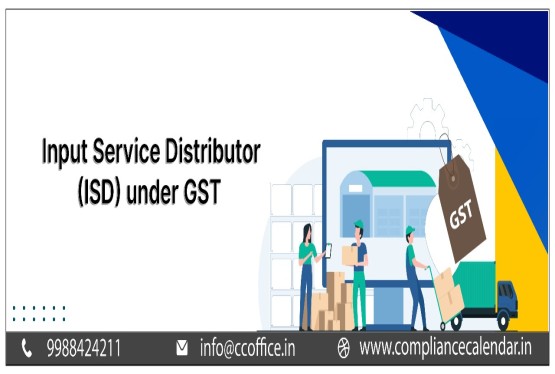








_learn_crop10_thumb.jpg)








_Filing_Due_Dates_for_FY_2024-25_learn_crop10_thumb.jpeg)
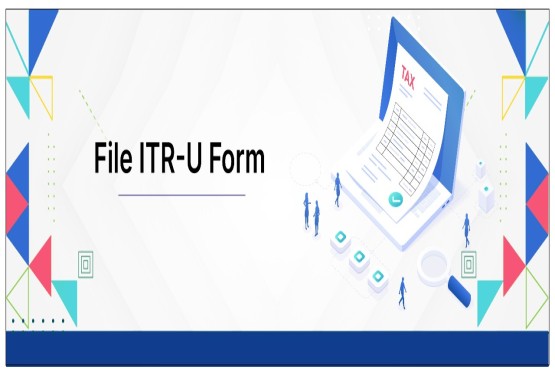
























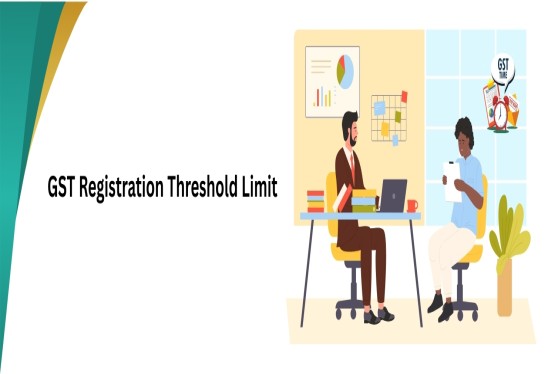
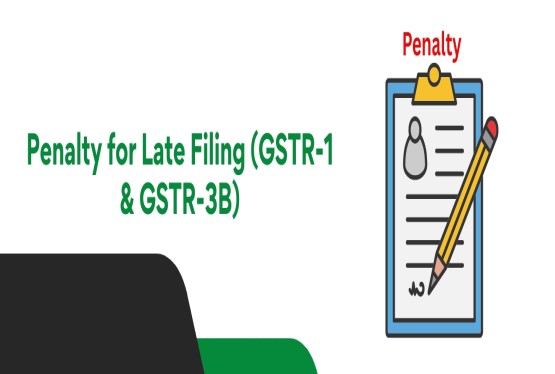












_of_GST_Act_learn_crop10_thumb.jpg)










_Under_GST_learn_crop10_thumb.jpg)









_crop10_thumb.jpg)


_crop10_thumb.jpg)






_learn_crop10_thumb.jpg)






















_of_the_Income_Tax_Act_learn_crop10_thumb.jpg)



_learn_crop10_thumb.jpg)





_learn_crop10_thumb.jpg)






_crop10_thumb.jpg)




















_in_The_Income_Tax_Act,_1961_learn_crop10_thumb.jpg)



_learn_crop10_thumb.jpg)



_of_the_Income_Tax_Act_learn_crop10_thumb.jpg)

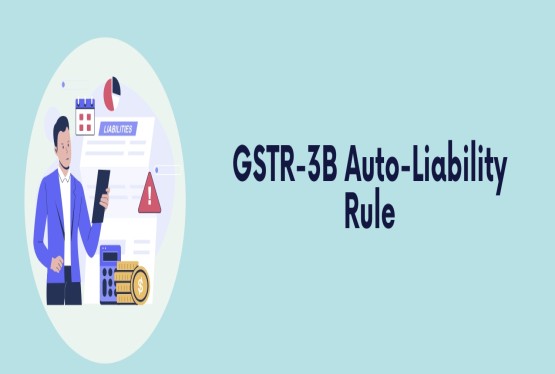
_Of_Income_Tax_Act_learn_crop10_thumb.jpg)








_learn_crop10_thumb.jpg)








_learn_crop10_thumb.jpg)
_crop10_thumb.jpg)

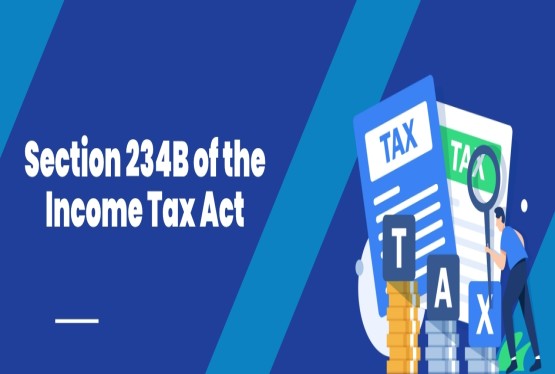




















_learn_crop10_thumb.jpg)
_for_Import_and_Export_learn_crop10_thumb.jpg)









